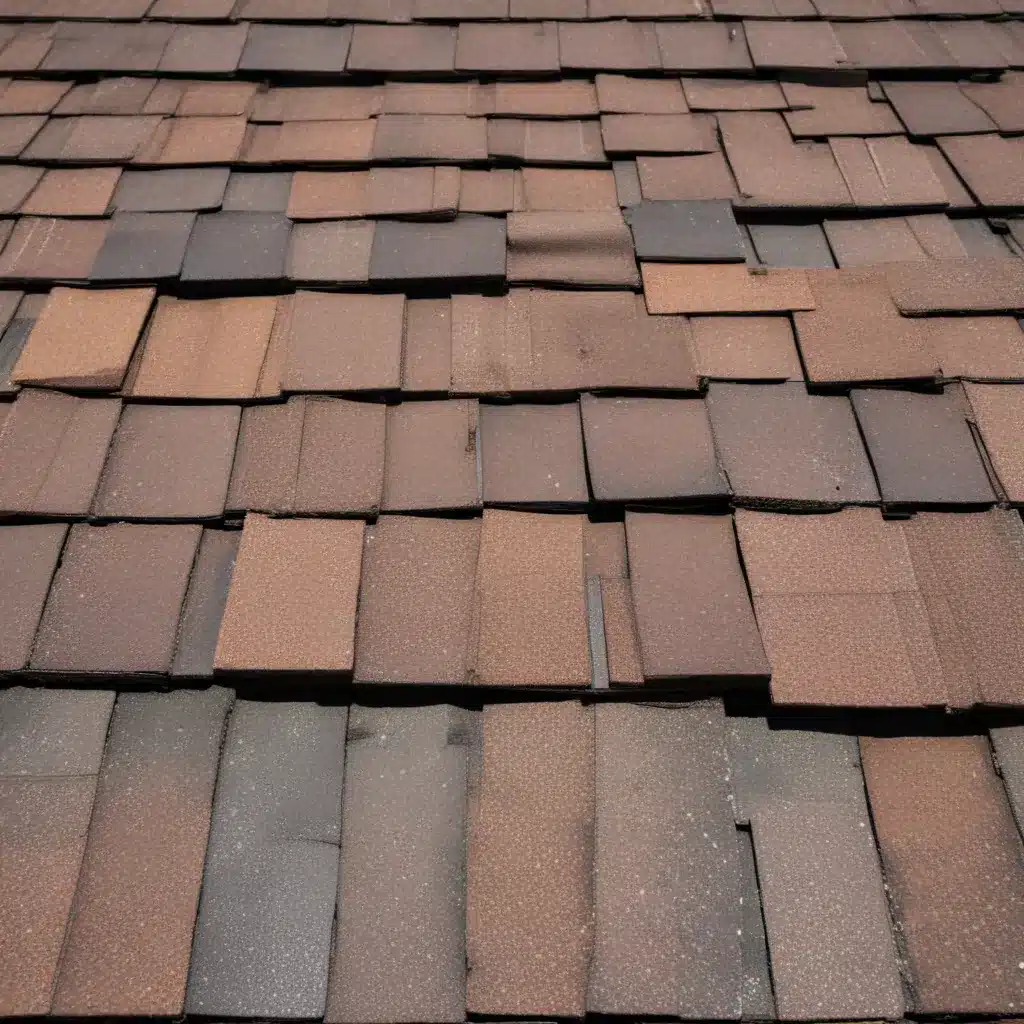
The Importance of Proactive Roof Maintenance
As a seasoned roofing professional, I know that the health of your roof is crucial for protecting your home and your family from the harsh winter elements. Neglecting roof maintenance can lead to costly repairs, water damage, and even safety hazards. That’s why it’s essential to take a proactive approach to keeping your roof in top condition before the cold weather sets in.
In this comprehensive guide, we’ll explore the key steps you can take to prepare your roof for winter and maintain it throughout the colder months. From inspecting for damage and clearing debris to upgrading insulation and addressing potential problem areas, we’ll provide practical tips and insights to help you keep your home dry and secure.
Inspecting Your Roof: Identifying Potential Issues
The first step in preparing your roof for winter is to conduct a thorough inspection. This allows you to identify any existing issues or potential problem areas that need to be addressed before the weather takes a turn for the worse.
When inspecting your roof, look for the following:
- Damaged or missing shingles: Check for curled, cracked, or missing shingles that could allow water infiltration.
- Flashing deterioration: Examine the flashing around chimneys, vents, and roof valleys for any signs of rust, corrosion, or loose seals.
- Gutter and downspout blockages: Clear out any debris, leaves, or twigs that could impede the proper drainage of melting snow and ice.
- Ventilation issues: Ensure your attic is adequately ventilated to prevent the buildup of heat and moisture, which can lead to ice dams and other roofing problems.
- Tree and vegetation overgrowth: Trim any overhanging branches or tall vegetation that could fall on your roof or clog your gutters during a winter storm.
If you’re not comfortable inspecting your roof yourself, consider hiring a professional roofing contractor to perform a comprehensive evaluation. They can identify potential issues and provide recommendations for necessary repairs or maintenance.
Addressing Roof Repair Needs
Once you’ve identified any problem areas during your roof inspection, it’s time to address them. Addressing issues promptly can help prevent them from worsening and causing more extensive damage to your home.
Some common roof repair tasks to consider include:
- Shingle replacement: Replace any cracked, curled, or missing shingles to maintain a watertight roof surface.
- Flashing repair: Reseal or replace damaged flashing around chimneys, vents, and roof valleys to prevent leaks.
- Gutter and downspout cleaning: Clear out any debris, leaves, or twigs to ensure proper drainage and prevent ice dams.
- Ventilation improvements: Add or upgrade attic insulation and ventilation systems to improve airflow and prevent heat buildup.
- Tree and vegetation management: Trim back any overhanging branches or tall vegetation that could potentially fall on your roof during a winter storm.
When it comes to roof repairs, it’s always best to work with a licensed and experienced roofing contractor. They have the necessary expertise and equipment to ensure the job is done correctly and safely.
Choosing the Right Roofing Materials
The materials you select for your roof can make a significant difference in its performance and longevity, especially during the harsh winter months. When it’s time to replace or repair your roof, consider the following factors:
- Shingle durability: Look for shingles that are designed to withstand high winds, heavy snow loads, and extreme temperature fluctuations.
- Insulation and ventilation: Ensure your roof has adequate insulation and ventilation to prevent heat buildup and the formation of ice dams.
- Flashing and sealants: Choose high-quality flashing and sealants that can withstand the elements and maintain a watertight seal.
- Gutter system: Invest in a reliable gutter system, such as seamless gutters, to efficiently channel away melting snow and ice.
By selecting the right roofing materials for your home, you can improve your roof’s overall performance and extend its lifespan, ultimately saving you money on costly repairs down the line.
Maintaining Your Roof Throughout the Winter
Even after completing the necessary repairs and upgrades, it’s essential to continue monitoring and maintaining your roof throughout the winter season. Regular inspections and proactive maintenance can help you detect and address any issues before they escalate.
Some essential winter roof maintenance tasks include:
- Snow and ice removal: Carefully remove any accumulated snow or ice from your roof to prevent the formation of ice dams and the potential for water damage.
- Gutter and downspout cleaning: Keep your gutters and downspouts clear of debris to ensure proper drainage and prevent blockages.
- Attic ventilation monitoring: Regularly check your attic’s insulation and ventilation to ensure they are functioning correctly and preventing heat buildup.
- Prompt repair of any new issues: Address any new problems, such as missing shingles or damaged flashing, as soon as they are identified to prevent further damage.
By staying vigilant and proactive with your roof maintenance, you can help ensure that your home remains dry, comfortable, and safe throughout the winter season.
Conclusion: Investing in Your Roof’s Future
Preparing your roof for winter is an essential investment in the long-term health and protection of your home. By taking the time to inspect, repair, and maintain your roof, you can avoid costly and inconvenient problems down the line.
Remember, a well-maintained roof not only keeps your home dry but also helps to improve energy efficiency, reduce heating costs, and enhance the overall value of your property. So, don’t wait until the first snowfall to address your roofing needs – start planning and preparing today.
For more information or to schedule a professional roof inspection, contact the team at Roofers in Northampton. Our experienced roofers are here to help you keep your home dry and secure, no matter the weather.

